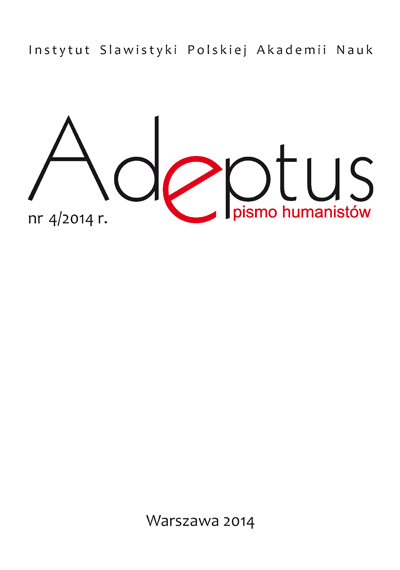Подкарпатская Русь в составе Чехословакии: история, культура, национальная идентичность
Subcarpathian Rus as a part of Czechoslovakia: history, culture, national identity
Author(s): Ksenia EgorovaSubject(s): History, Language studies, Language and Literature Studies, Cultural history, Political history, Nationalism Studies
Published by: Instytut Slawistyki Polskiej Akademii Nauk
Keywords: Boarder studies; Czechoslovakia; Subcarpathian Rus; Ruthenia; minor Slavic languages; national identity
Summary/Abstract: Subcarpathian Rus was incorporated into the First Czechoslovak Republic as a result of the Treaty of Saint-Germain-en-Laye (1919). The following year Subcarpathian Rus being a part of Czechoslovakia was declared a self-governing autonomy with a certain number of democratic rights established by the Constitution. Among them was a right to use their national language. Codification of the Subcarpathian Ruthenian language has not yet been completed and it is an extensively discussed problem for contemporary linguists. After the First World War the Subcarpathian lands with its Ruthenian population was a poor farming region with a low level of ethnic self-awareness. Global economic and politic processes changed the situation dramatically and compelled the educated part of Subcarpathian Rus citizens into a discussion about their national language, culture and literature. The President of Czechoslovakia T. G. Masaryk participated in the discussion and was very interested in the cultural development of the region. Ruthenian society was split into two parts – pro-Russian and pro-Ukrainian. The national composition of the region was very complicated. In order to understand the flow of national ideas in Subcarpathian Rus, the research presented here sets out to cover the history of the codification of the Ruthenian language, the creation of grammar books for schools, and to analyze the role of both the Russian and Ukrainian components in the cultural development of this region. This research also takes into consideration the complex analysis of Masaryk’s Slavonic policy and cultural strategies.
Journal: Adeptus
- Issue Year: 2014
- Issue No: 04
- Page Range: 76-85
- Page Count: 10
- Language: Russian

